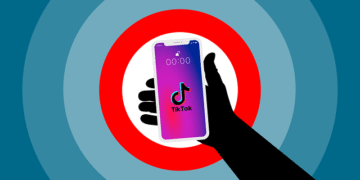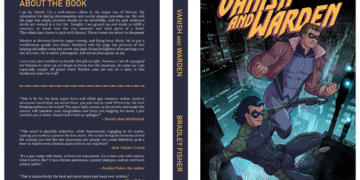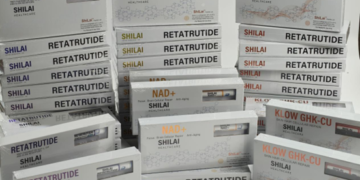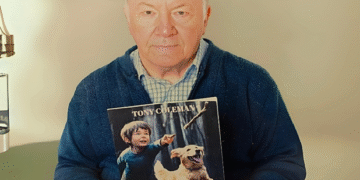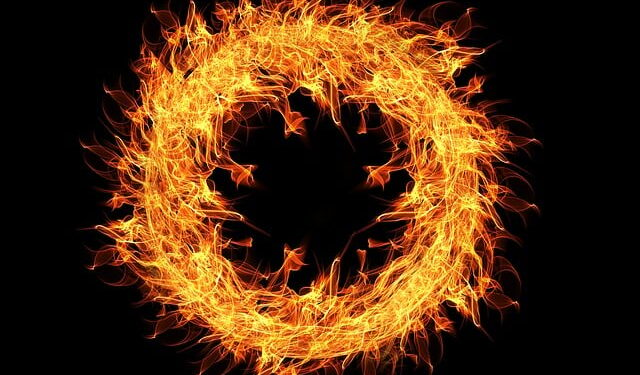Fireworks have dazzled humans for centuries, transforming celebrations into vivid, breathtaking experiences. But as technology soars forward, the art of pyrotechnics isn’t just lighting up the sky—it’s reinventing itself for new audiences, greener standards, and immersive narratives. Let’s journey through how fireworks are evolving—and why they’ve never been more exciting.
1. Eco-Friendly Formulas Illuminate Greener Celebrations
Traditional fireworks rely on perchlorate oxidizers and heavy metal salts, notorious for leaving environmental stains long after the finale. Today, scientists are refining formulations to replace harmful perchlorates with cleaner alternatives, such as nitrogen-based oxidizers and benign binders. These eco-conscious breakthroughs reduce toxic ash and airborne pollutants, helping organisers host spectacular shows without compromising air quality or soil health.
Additionally, fireworks manufacturers are exploring biodegradable casings and packaging, ensuring that post-celebration cleanup has a softer footprint. Especially in parks, beaches, and nature reserves, these innovations make fireworks friendlier to both guardians and pollinators of green spaces.
2. Digital Synchronisation: A Symphony of Lights and Sound
Remember your child’s face when fireworks lined up with the beat of music? That joy is now scaled up—and precisely timed through digital integration. GPS-triggered drones, Bluetooth-firing systems, and wireless sequencing software allow hundreds of devices to detonate in perfect harmony with soundtrack cues, often controlled from a slick console or tablet.
This tech makes choreographed spectacles accessible to smaller events, enabling community centres, festivals, and even weddings to afford cinematic light shows. It’s the moment when fireworks feel less random bursts and more of a laser-like performance, emotionally tuned for viewers.
3. Drone & Firework Hybrid Shows: Choreography Meets Pyro
Emerging at the intersection of drone ballet and bursting shells, hybrid shows employ both fireworks and drones for a layered visual narrative. Swarms of drones create floating shapes, hearts, logos, and dynamic scenes in the sky, which fireworks then flash in dramatic counterpoint. The effect? A 3-dimensional story that evolves in midair—from delicate pixelated dancers to thunderous aerial blossoms.
As drone fleets become more affordable and their flight times longer, we’ll see more large-scale hybrid performances, especially in city-centre events and product launches. These spectacles balance the awe of explosion with the finesse of floating visuals.
4. Colour Science: Beyond Blue and Green
Color has always defined fireworks—crimson reds, emerald greens, sapphire blues—but modern chemistry is pushing the palette further. Innovations in nano-encapsulation and metal-organic frameworks allow for purer hues and novel shades, like ultraviolet sparks that glow under blacklight or neon pastels that evoke the aurora. Some research labs are even experimenting with biodegradable fluorescent dyes that fade gracefully post-display, leaving no residue behind.
This expanded palette offers designers greater storytelling power. Imagine fireworks that evoke emotions through color psychology—calm lavenders, fiery fuchsias, or sleek silvers that reflect themes of unity, remembrance, or futuristic optimism.
5. Interactive and Participatory Displays
While most fireworks displays are spectator-only, a new wave of participation is dawning. Interactive handheld devices—like smartphone apps or laser pens—allow audiences to affect the show. For instance, pointing a device at a projector may trigger specific firework bursts timed to beats, colors, or shapes. Or guests might vote on the finale’s theme via an app, creating a sense of ownership and shared experience.
Event planners and venues are already exploring this model, turning passive viewing into dynamic co-creation.
6. Safety and Regulatory Innovation
Safety has always been paramount in pyrotechnics, but modern regulation and tech are elevating standards. Breakaway fireworks—designed to break apart predictably without sending metal debris far—are gaining popularity. Meanwhile, thermal imaging drones monitor wind, heat, and shell drift during displays, enabling live adjustments or even automatic cutoffs in hazardous conditions.
Moreover, licensing systems now require digital logs of chemicals, weather data, and firing sequences, ensuring every display is audited and traceable.
The Future of Fireworks
Fireworks are casting a new future: cleaner, smarter, and wildly creative. As chemistry, software, drones, and textiles converge, the nighttime sky becomes a canvas for storytelling, community participation, and environmental care.
For those who want cutting-edge sky shows with style and conscience, check out Galacticfireworks.co.uk. They’re at the forefront of spectacular pyrotechnics—and the next time you look up, the fireworks might be more than just noise and light; they may be a glimpse into tomorrow.
Conclusion
From eco-conscious formulas to drone choreography, interactive tech to pure visual artistry, fireworks are evolving—and making celebrations more immersive, personal, and sustainable than ever.



